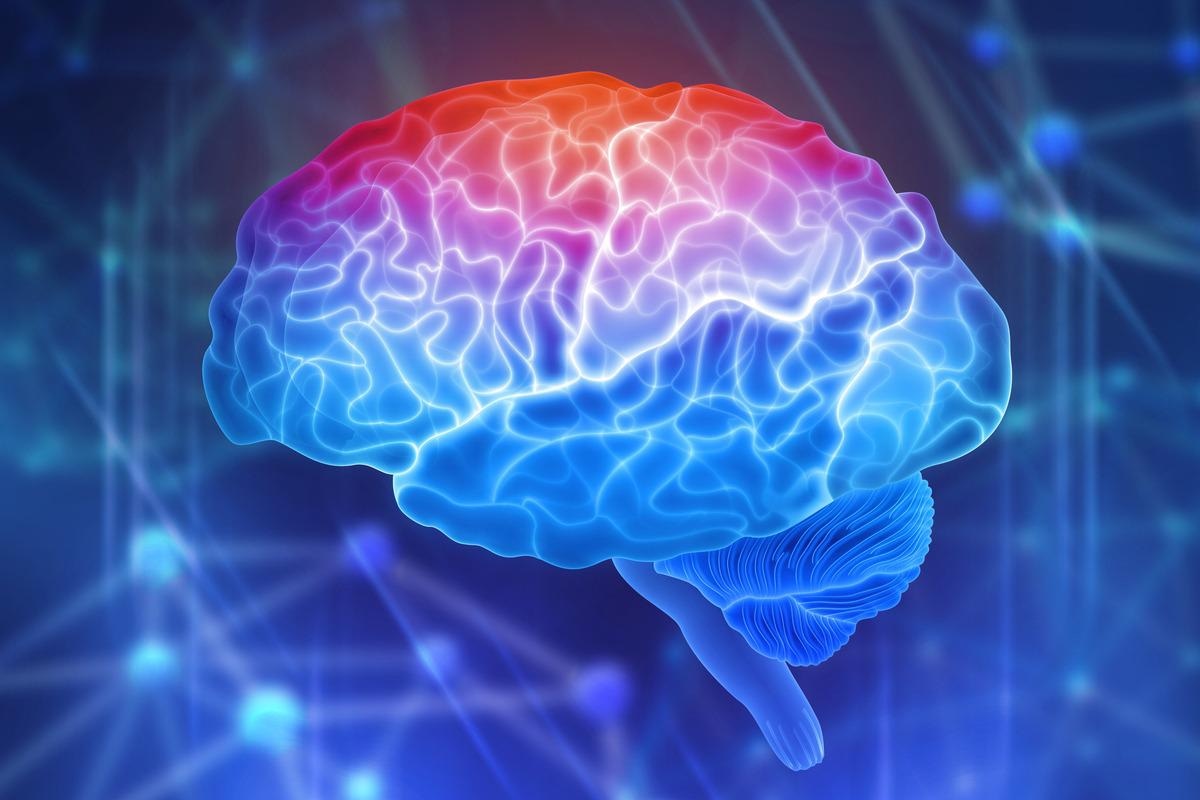In a recent study posted to the bioRxiv* pre-print server, researchers developed severe acute respiratory syndrome coronavirus 2 (SARS-CoV-2) virus-like nanoparticles (VLNPs) with a quantum dots (QD) core. Notably, the SARS-CoV-2 spike (S) was attached to polymeric phospholipid chains that formed a micellar envelope around the QDs.
 Study: A Quantum Dot Biomimetic for SARS-CoV-2 to Interrogate Dysregulation of the Neurovascular Unit Relevant to Brain Inflammation. Image Credit: Yurchanka Siarhei/Shutterstock
Study: A Quantum Dot Biomimetic for SARS-CoV-2 to Interrogate Dysregulation of the Neurovascular Unit Relevant to Brain Inflammation. Image Credit: Yurchanka Siarhei/Shutterstock

 *Important notice: bioRxiv publishes preliminary scientific reports that are not peer-reviewed and, therefore, should not be regarded as conclusive, guide clinical practice/health-related behavior, or treated as established information.
*Important notice: bioRxiv publishes preliminary scientific reports that are not peer-reviewed and, therefore, should not be regarded as conclusive, guide clinical practice/health-related behavior, or treated as established information.
Although there is little evidence that SARS-CoV-2 replicates inside the central nervous system (CNS), neurologic dysfunction is quite common among recovered coronavirus disease 2019 (COVID-19) patients. Therefore, in the present study, researchers investigated neuroinflammation induced by blood-brain barrier (BBB) dysregulation.
Incorporating fluorescent inorganic nanoparticles, such as QDs, into VLNPs improves sensitivity for biosensing and bioimaging applications because QDs exhibit enhanced photophysical properties. In fact, recent studies have suggested excellent stability and specificity of biological probes incorporating QDs besides alleviating concerns related to the toxicity of QDs.
About the study
In the present study, researchers used COVID-QDs, structurally and functionally mimicking SARS-CoV-2 virions to elicit an immunologic response in cultured cells without infection. They assessed functional mimicry of the COVID-QDs in an in vitro model of the BBB-derived from a murine brain endothelial cell line (bEnd.3) cultured on transwell membranes.
Further, the team used fluorescence microscopy to investigate whether bEnd.3 monolayers were permeable to COVID-QDs, led to increased inflammation and leakage across the monolayers, and induced neuroinflammation in neuroglial cultures.
The team also used transendothelial electrical resistance (TEER) to determine changes in BBB integrity. Simultaneously, they used immunocytochemical analysis to study the localization of the tight junction (TJ) protein claudin 5 (CLDN-5).
To further validate the functional mimicry of COVID-QDs, the researchers also performed the immunocytochemical analysis of changes in the expression of vascular adhesion molecule 1 (VCAM-1). It is noteworthy that VCAM-1 regulates inflammation-associated adhesion to endothelial cells and plays a role in inflammatory immune cell transendothelial migration across the BBB.
Lastly, the researchers performed a resazurin assay as an index of an intact mitochondrial respiratory chain in endothelial cells to confirm that these functional changes were not a cytotoxic effect from either COVID-QDs or the S protein.
Study findings
COVID-QDs accurately replicated the physical dimensions and the average number of surface-bound S proteins reported for SARS-CoV-2 virions, as measured in previous studies using cryogenic electron microscopy (cryo-EM) and atomic force microscopy (AFM). Their photophysical properties allowed for fluorescent readout of the localization and interaction with biomolecular targets.
The bEnd.3 monolayers responded to COVID-QDs similarly to treatment with soluble S. Accordingly, COVID-QDs induced loss of endothelial TJ and upregulation of inflammatory molecules in an in vitro model of the BBB.
These functional phenotypic changes reversed when COVID-QD-treated bEnd.3 monolayers received soluble human angiotensin-converting enzyme 2 (hACE2) or URMC-099, a brain-penetrant inhibitor of mixed-lineage kinase 3 (MLK3) and leucine-rich repeat kinase type 2 (LRRK2) inhibitor.
Likewise, after COVID-QD treatment, URMC-099 could reverse the induction of dendritic beading, a marker of synaptodendritic neuronal injury in a co-culture model of the neurovascular unit NVU.
Compared to the untreated controls, both COVID-QD and soluble S treatments resulted in statistically significant decreases in TEER, indicative of decreased barrier integrity. The authors did not observe upregulation of VCAM-1 expression in TJ-disrupting peptide (TJDP)-treated monolayers, suggesting that COVID-QDs and S protein initiated inflammation and loss of TJs.
The bEnd.3 cell monolayers treated with QD-micelles lacking S protein did not dysregulate CLDN-5 localization nor induced VCAM-1 expression. Thus, confirming interactions between COVID-QD and bEnd.3 cell monolayers were S protein-specific.
Conclusions
The study highlighted that COVID-QDs could prove invaluable for interrogating the neurological deficits associated with SARS-CoV-2. To summarize, SARS-CoV-2 mimicking nanoparticles reduced bEnd.3 monolayer integrity by disrupting TJ formation and induced an inflammatory state, with increased VCAM-1 expression.
Furthermore, the URMC-099 could be a potential therapeutic against SARS-CoV-2-mediated NVU injury because it reduced barrier permeability, mitigated loss of membrane-localized CLDN-5, and prevented VCAM-1 induction.
An increased GFAP expression indicated that COVID-QD reduced the induction of neuroinflammatory hallmarks. Accordingly, there was diminished dendritic beading, improved spatial distribution of postsynaptic densities, and weakened astrogliosis.
These findings indicated that SARS-CoV-2 caused direct physiochemical immunomodulation of the BBB. Furthermore, these supported using URMC-099 as adjunctive treatment to mitigate the NVU dysregulation.
Future studies should focus on functional readouts of altered neuroglial function associated with the data presented by the current study. Similarly, transcriptomic and proteomic assay-based studies are warranted to elucidate immunomodulatory pathways for SARS-CoV-2-mediated neuroinflammation.

 *Important notice: bioRxiv publishes preliminary scientific reports that are not peer-reviewed and, therefore, should not be regarded as conclusive, guide clinical practice/health-related behavior, or treated as established information.
*Important notice: bioRxiv publishes preliminary scientific reports that are not peer-reviewed and, therefore, should not be regarded as conclusive, guide clinical practice/health-related behavior, or treated as established information.